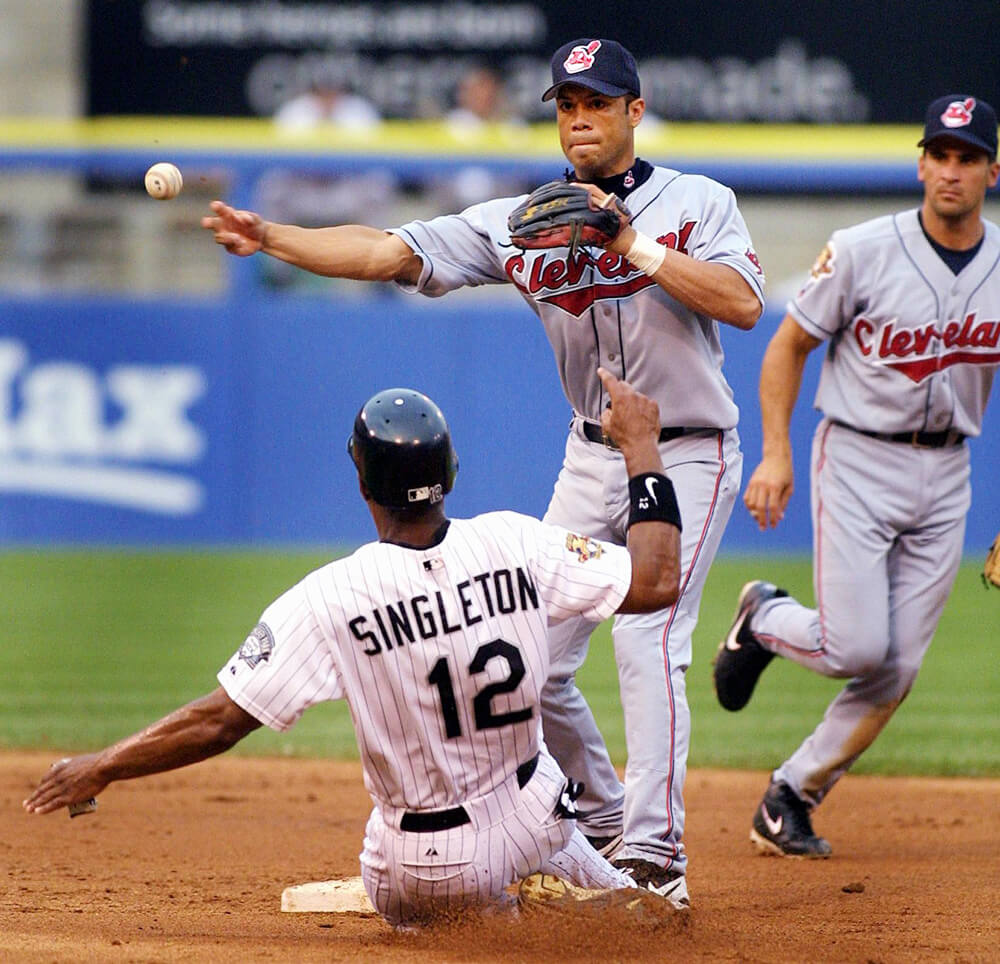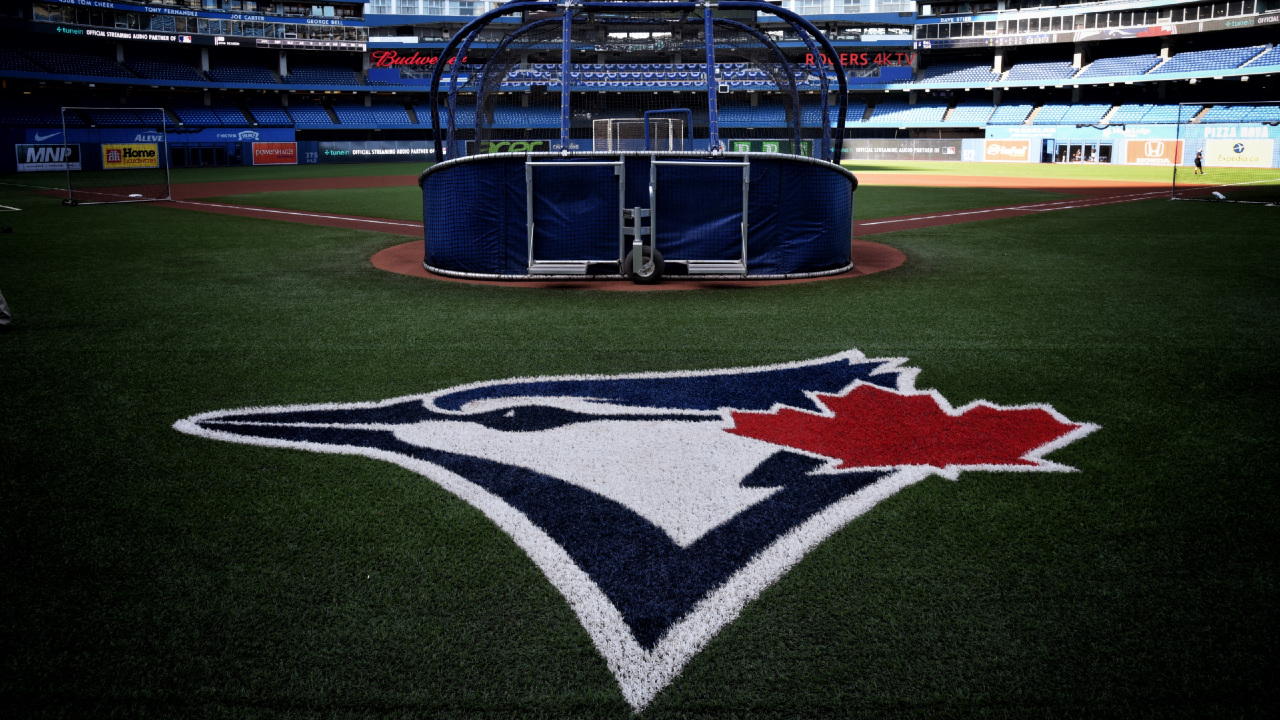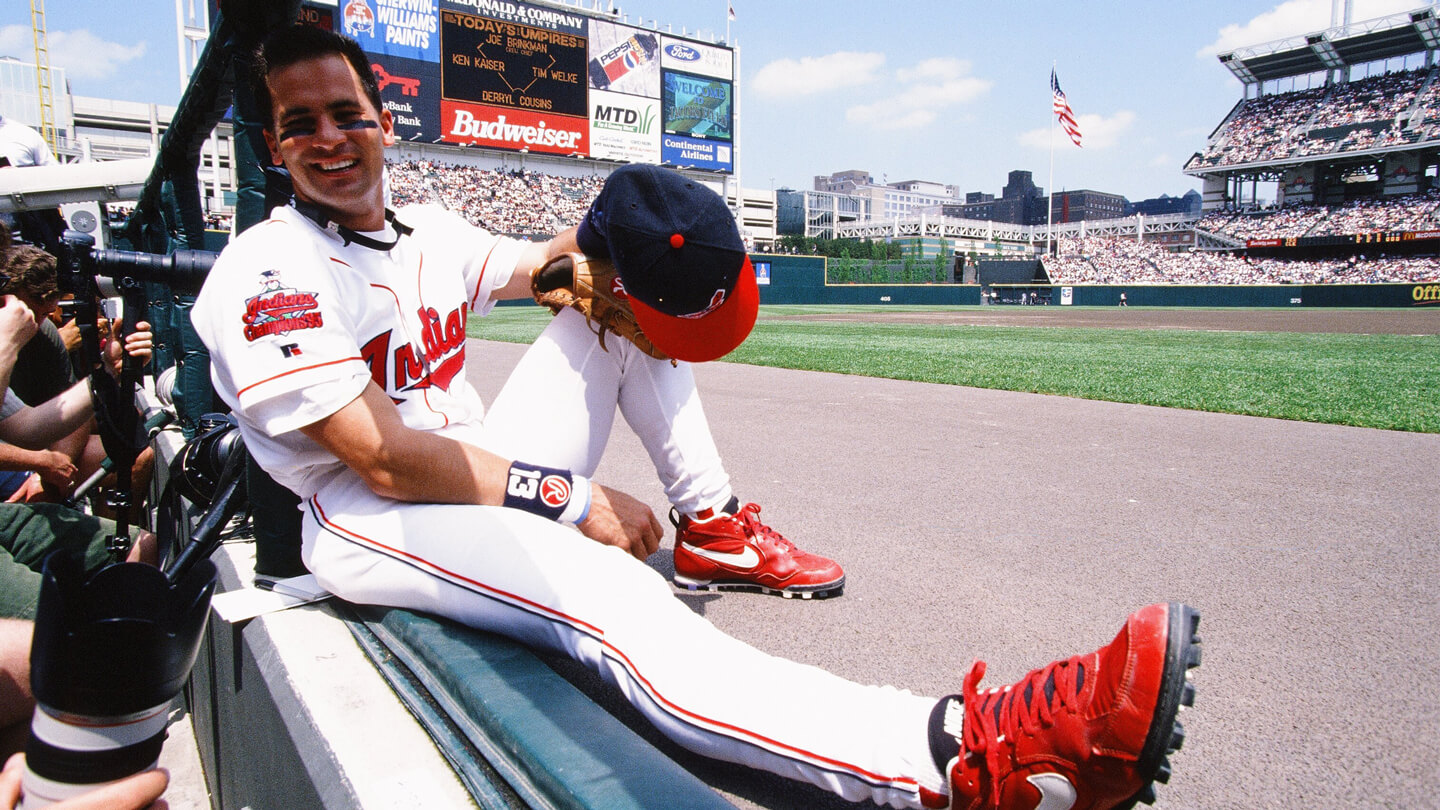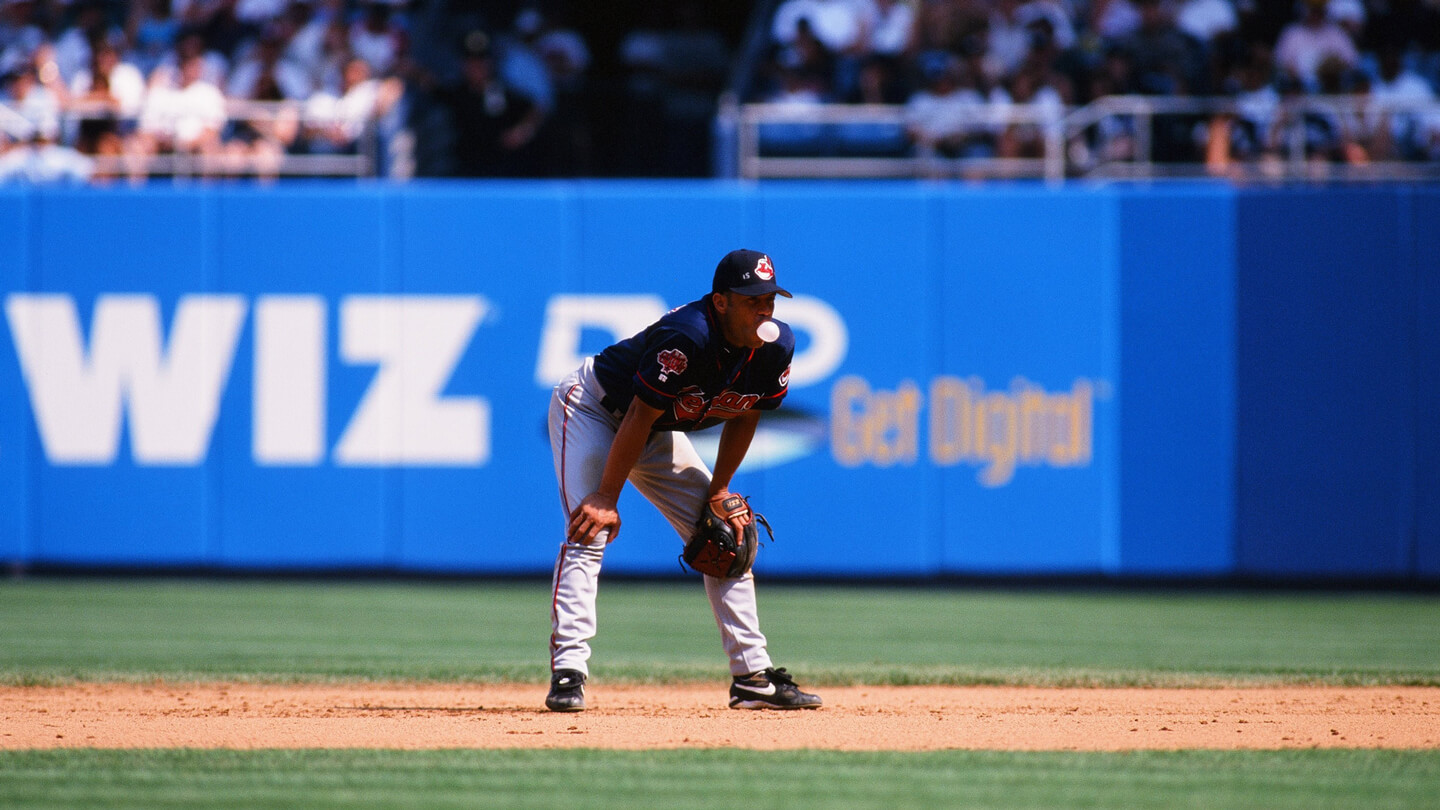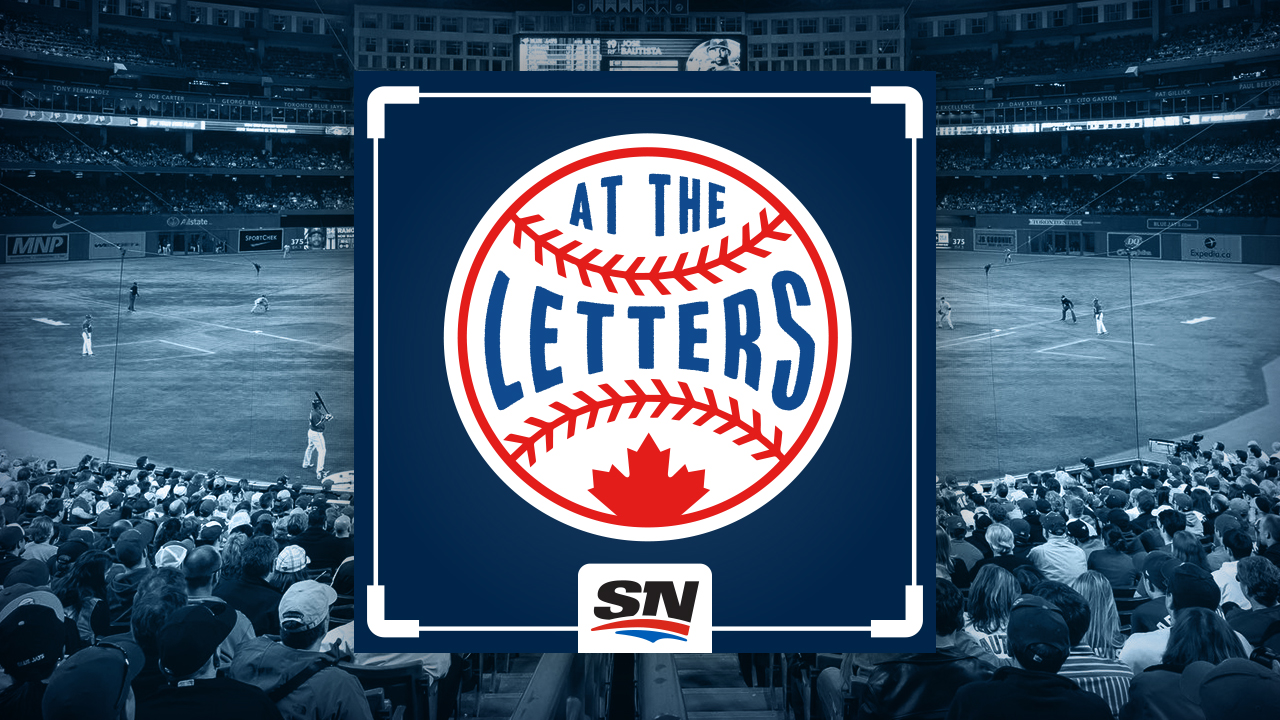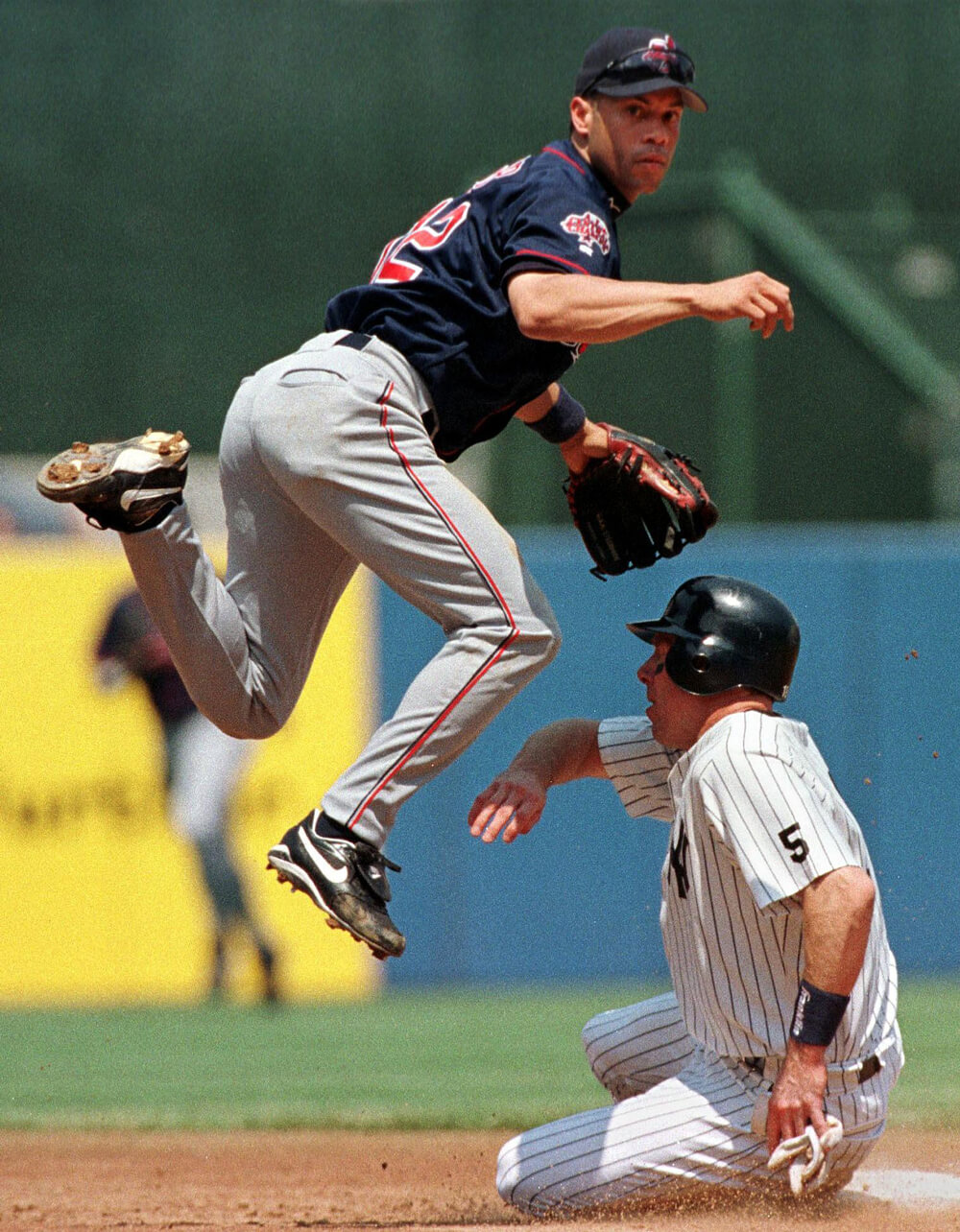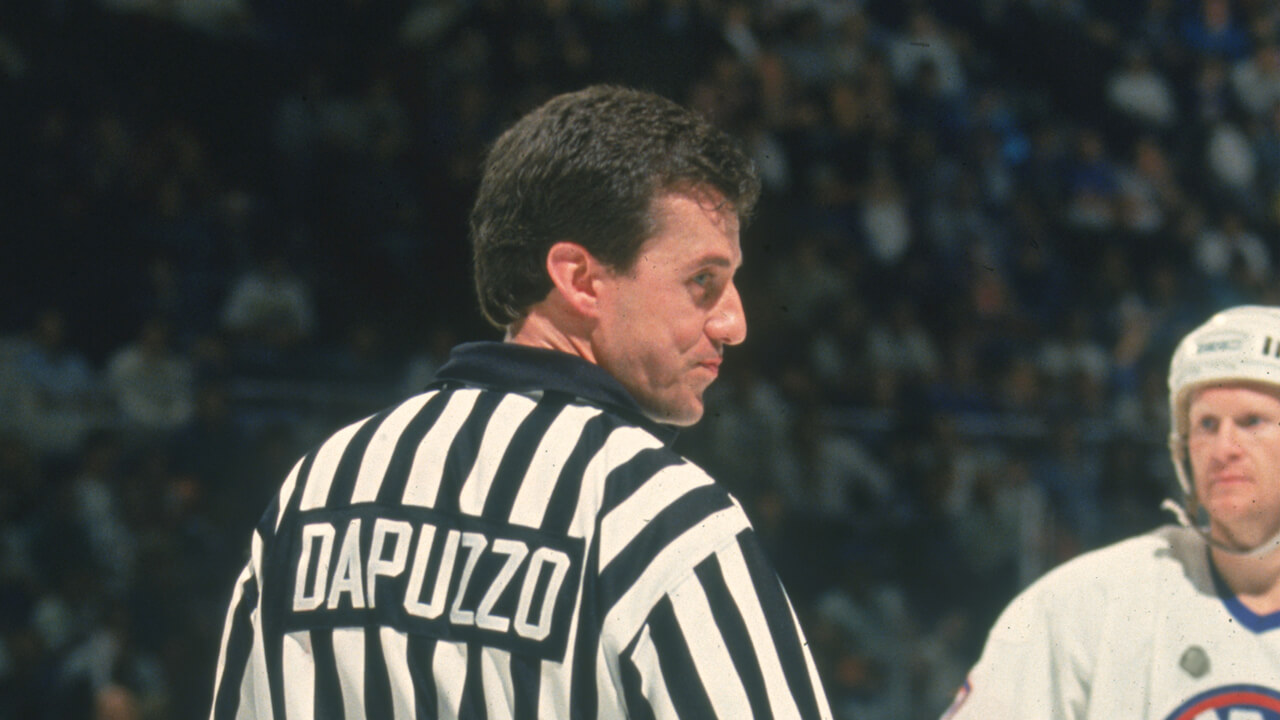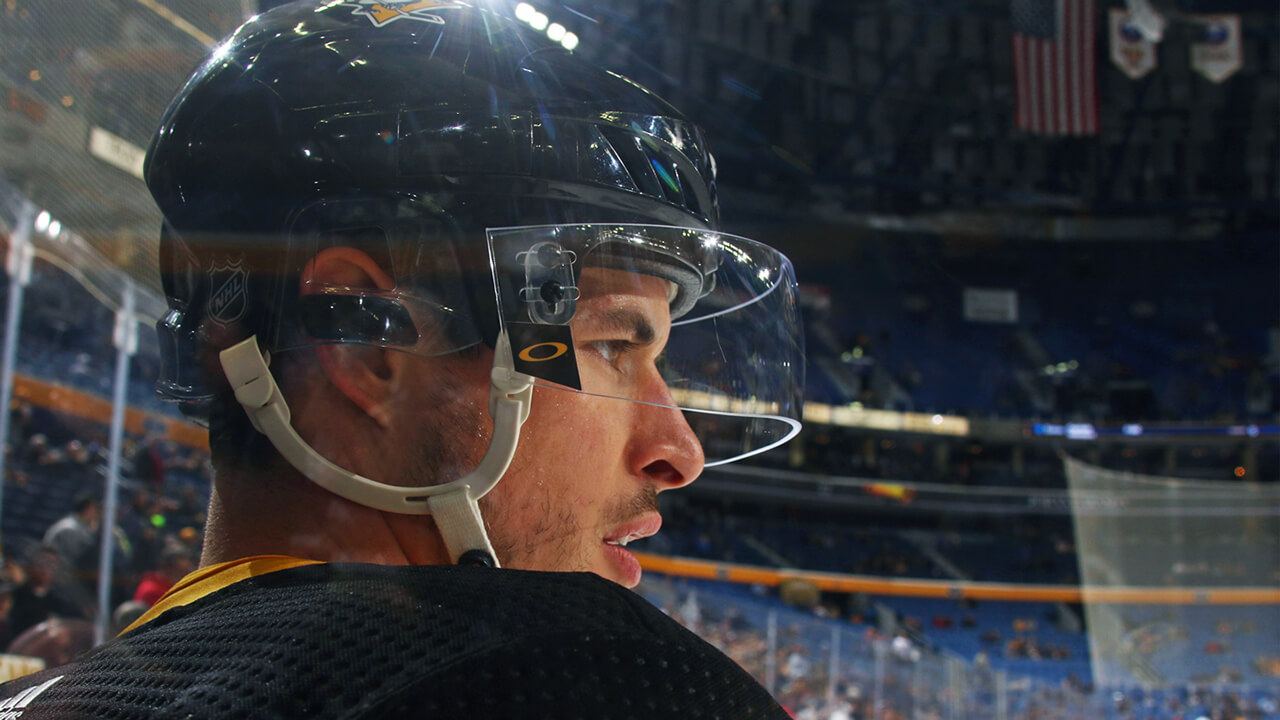P erhaps no one in baseball has a better understanding of the personalities of both men than Carlos Baerga. He roomed with Alomar, a fellow Puerto Rican, during their time in the San Diego Padres organization and distinctly remembers when they would return home following a long workday: “Robbie, at night, when we got back from spring training, would lift a little bit,” Baerga says. “Then, he would wake up [the next morning] and start doing pushups and exercises, while I was watching TV. That was Robbie right there.” In retirement, the two have travelled the world together working with children in baseball clinics.
Baerga also spent three years as Vizquel’s double-play partner in Cleveland and they remain close friends. He laughs to himself when he recalls the loud, flashy shirts that Vizquel would show up to Jacobs Field wearing.
Fryman Omar is very artistic. Sort of an eclectic-type guy. Colourful. Loud clothes. Smiling and always trying to learn new things. Omar was a love-life kind of guy.
McDonald Omar had a canary yellow Porsche.
Hargrove I remember John Hart telling me that they got calls every now and then from the state patrol or local police force to please ask Omar to slow down coming to the ballpark.
Baerga Omar was a different guy. Omar got so many talents. He liked to paint. He liked to play the drums, he’s a musician. Omar could be a stand-up comedian. Omar could be a guy who could do anything he liked.
McDonald I went over to Omar’s house one time and he’s painting a picture in his living room. They just had different interests. I went over to Robbie’s house and we’re in the driveway playing one-on-one basketball.
Alomar I kicked his butt. [Laughs.]
Baerga Robbie was so competitive. Oh my God. He’s always been like that. Everything he does, he wants to win. He wants to be the best. That’s something they don’t teach you. He didn’t want to be a loser.
McDonald He was not going to let me win. He was going to knock me down before he would let me win in basketball. I’m thinking to myself, “I like playing basketball and I don’t like to lose, but if I start playing the way Robbie’s playing right now and I hurt him for some reason, two things: I’m probably in the lineup that night, and I’m probably getting released after the game.”



